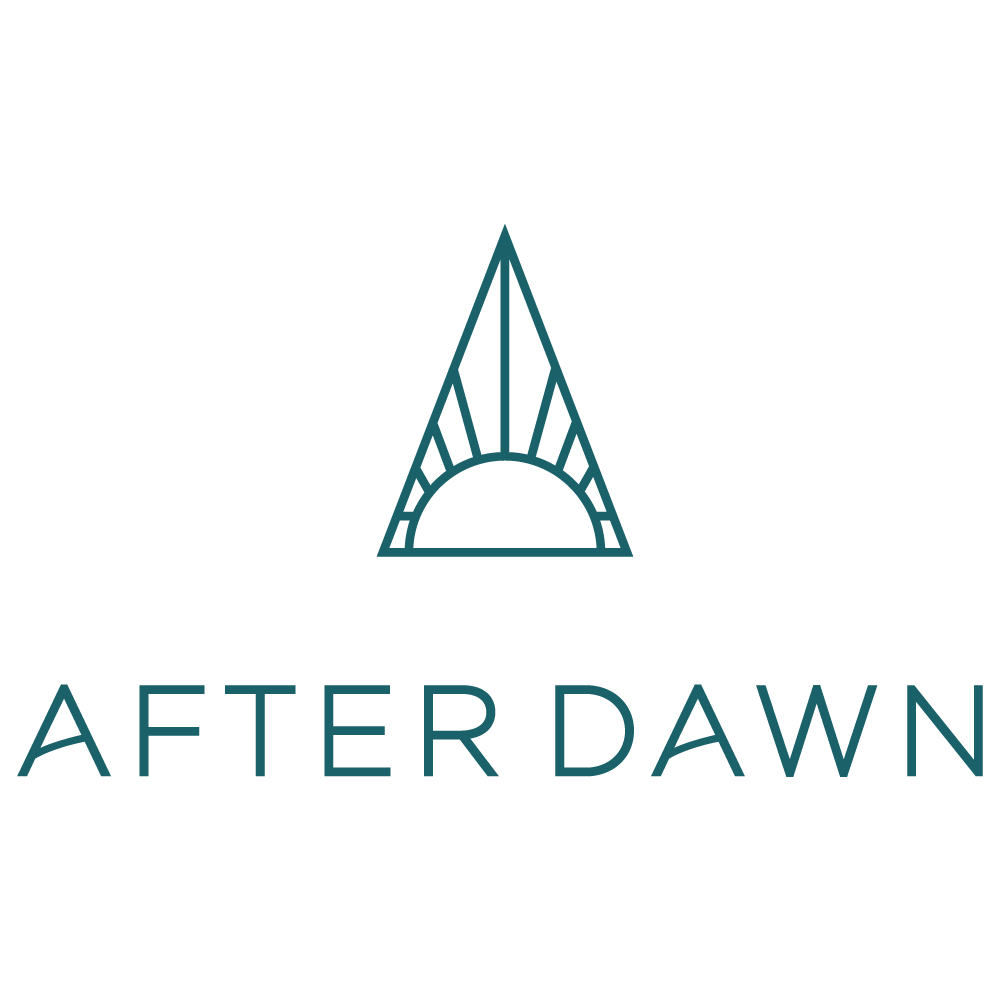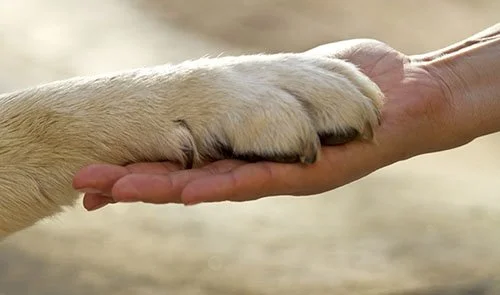Yoga Asana: Upward Facing Dog or Urdhva Mukha Svanasana
Each posture in the physical yoga practice has a Sanskrit name ending in asana. Asana means seat or posture. Today we will explore Urdhva Mukha Svanasana also known as upward facing dog pose. When we break down the Sanskrit we see: Urdhva which = upward, Mukha which = face, Svana which = dog, and asana which = seat or posture. Upward facing dog was not introduced until the 2oth century by Krishnamacharya and then later popularized by his students, B.K.S Iyengar and Pattabhi Jois. Urdhva Mukha Svanasana is an active back bend and heart opener that requires some preparatory postures like crocodile (makarasana) or sphinx (salamba bhujangasana), bridge (setu-bhandasana) or some cat/cow like movements of the spine to enter into it safely. Urdhva Mukha Svanasana is often practiced as part of a sun salutation or a “vinyasa” which can be described as a series of connected movements that is repeated in-between a set of other postures. Upward facing dog is the sister pose to downward facing dog (auto mukha svanasana) and when practiced as a vinyasa or a sun salutation they are linked together along with Chaturanga or low pushup. When practiced in this trio, the sequence moves from chaturanga to upward facing dog and into downward facing dog.
This brings us to the WHY of Urdhva Mukha Svanasana. The correlating WHY of all postures is to develop the Sthira and Sukha or the strength and ease in our physical bodies so that we are prepared to sit in a meditative seat for a length of time, free of discomfort. This is evident in the Sanskrit as every pose ends in asana which as we said previously means ‘seat.’ It is quite common to get lost in the meaning of our asana practice. Our tendencies, when left unexamined, lead to ego based choices as to why we are practicing in the first place. The beauty of yoga is that when we lose our way, she will never stop calling us home, and will always welcome us with open arms when we arrive. Urdhva Mukha Svanasana creates spinal extension which in turn stretches the front body from the chest all the way down to the tops of the feet, while strengthening the arms, wrists, and shoulders and of course, the back body, primarily the spine. This posture also has the potential to improve lung function and respiratory health, increase circulation, improve digestion, relieve back pain, as well as improve posture.
Urdhva Mukha Svanasana can have symbolic, metaphoric, and meaningful significance to our own personal why’s. When we consider the Sanskrit translation of the posture, svana, stands out, which translates to dog. The dog gains metaphorical significance in the Mahabarata (a significant Sanskrit text/poem of ancient India) when a loyal dog accompanying Yudhisthira on his trek to Lord Indra gains notoriety as the incarnation of dharma itself. Dharma could be interpreted as one’s adherence to their duty or their code of conduct based on moral and ethical values. This simple reminder of dharma every time we practice upward facing dog is an opportunity to be clear about what our values are and in turn to make sure our life’s choices are aligning with those values. When we make a commitment to reflect upon this alignment or misalignment, we give ourself consistent opportunity to self correct. We gain the ability to see where there is discrepancy in our behaviors with our values. Developing this ability is like developing a muscle. It is not helpful to condemn yourself for having a weak muscle, it is only helpful to strengthen it!
How to do Urdhva Mukha Svanasana:
Upward facing dog can be entered from the prone position on the ground as well as from chaturanga as is often the case when practicing sun salutations or vinyasa. To enter Urdhva Mukha Svanasana from the ground, lie down on your belly with the forehead gently resting down and the hands aligned with the lower ribs (so when you lift the hands will be underneath the shoulders). Place the feet hip width distance and the feet pointed straight back. Press down through the tops of the feet, lift your knee caps and engage your quads. Press the pubic bone down and try to keep the glutes neutral. Bring your awareness to your mid back and lift your head chest and upper ribs off of the mat. Now press through the hands and use the strength of your arms and legs, in particular the hamstrings and quads to lift your hips and thighs off of the ground. Internally rotate your upper arms, this will protract your scapula and draw the shoulders back and pull the sternum forward. Lift the head away from the shoulders and slightly lift the chin. The gaze can be toward the nose and make sure you are not collapsing through the back of the neck, rather creating space with your head position. Breath long, slow, and even.
Modifications
Variations:
Sphinx,
Baby cobra
Cobra
***Permission to modify in anyway that provides you with a feeling of safety, ease, and is alignment with your purpose in practicing the posture.
Dearest Reader,
May these deep dives into each posture inspire your practice and help provide clarity for you in one way or another. Please know that my cues and suggestions, are just that, they are simply what I have discovered to be currently true for me, and as always, YOU are your authority.
Blessings,
Andrea Dawn

